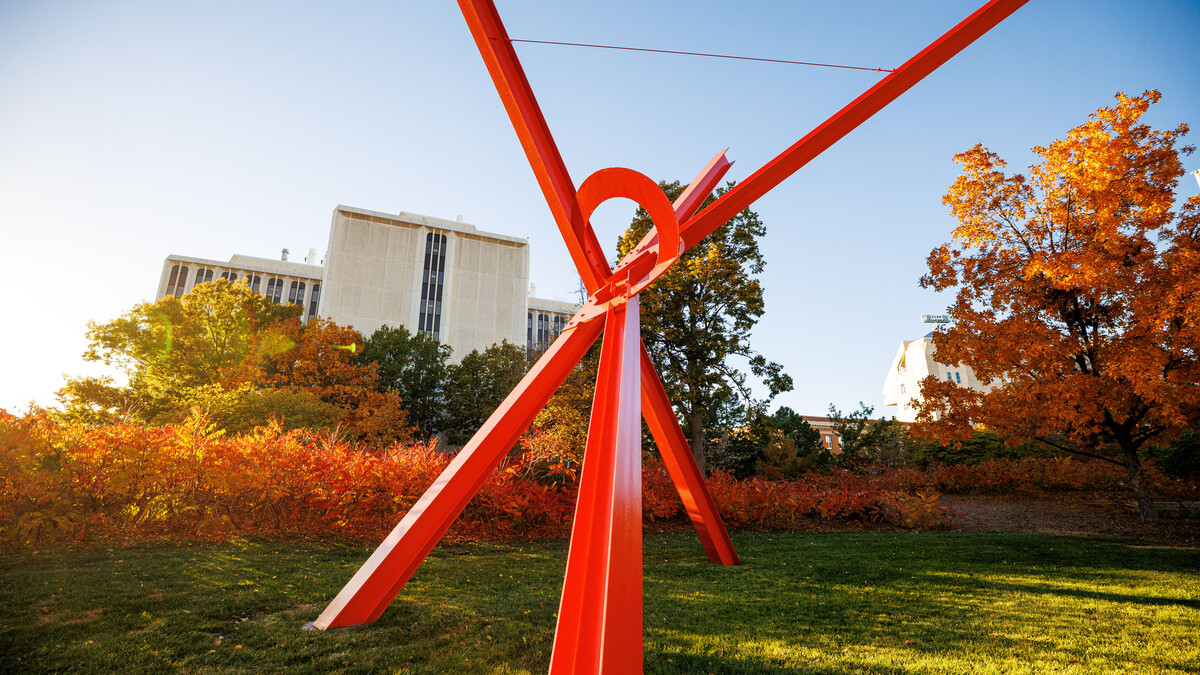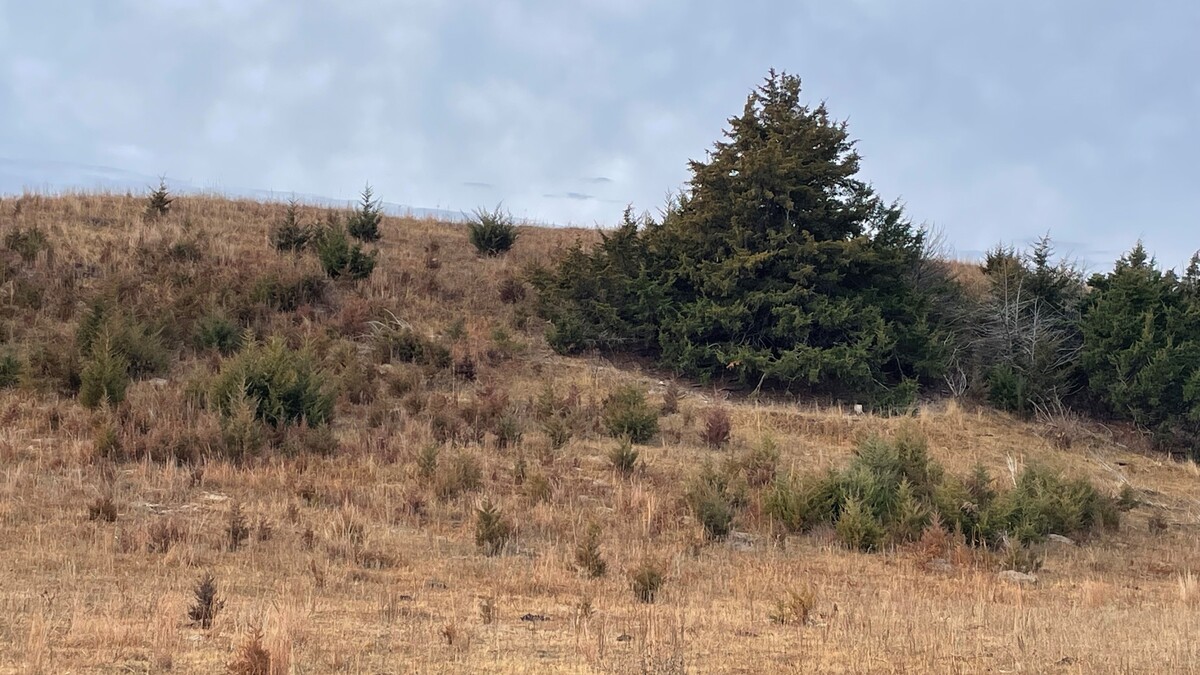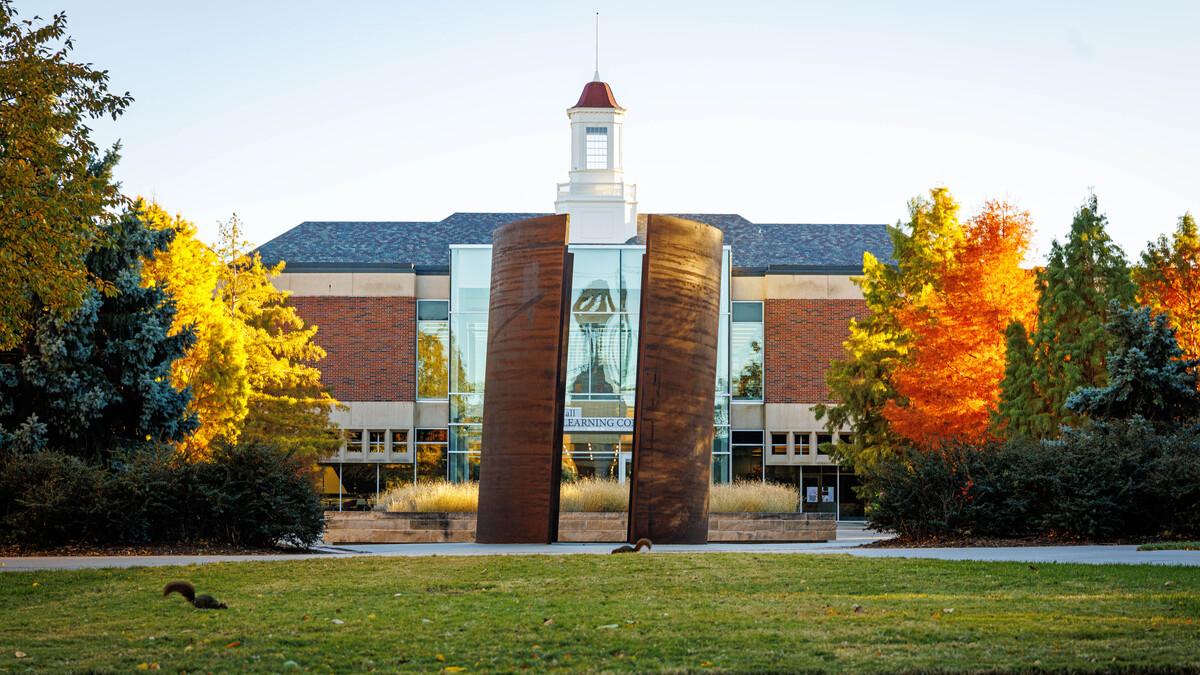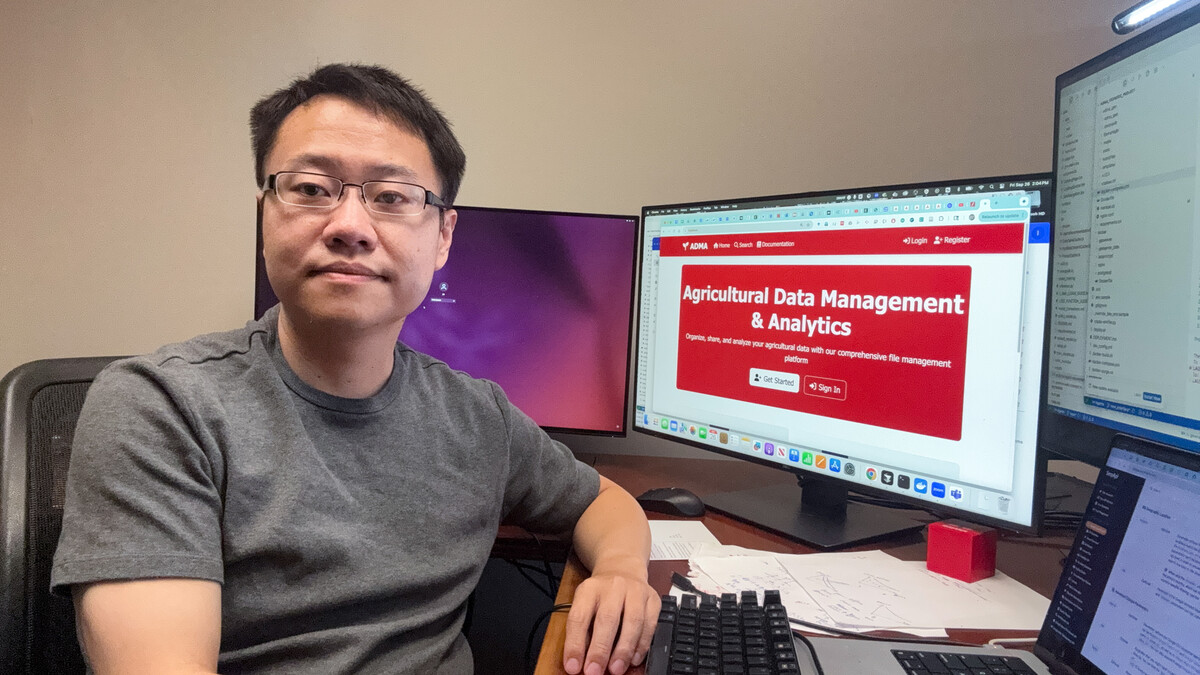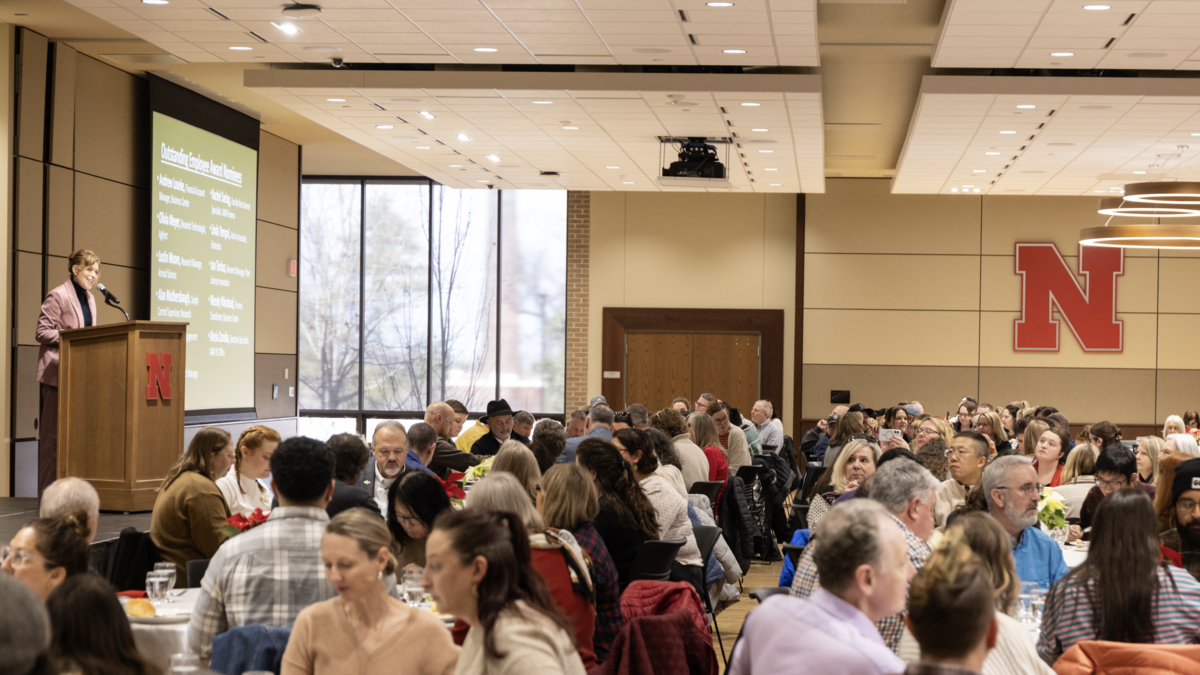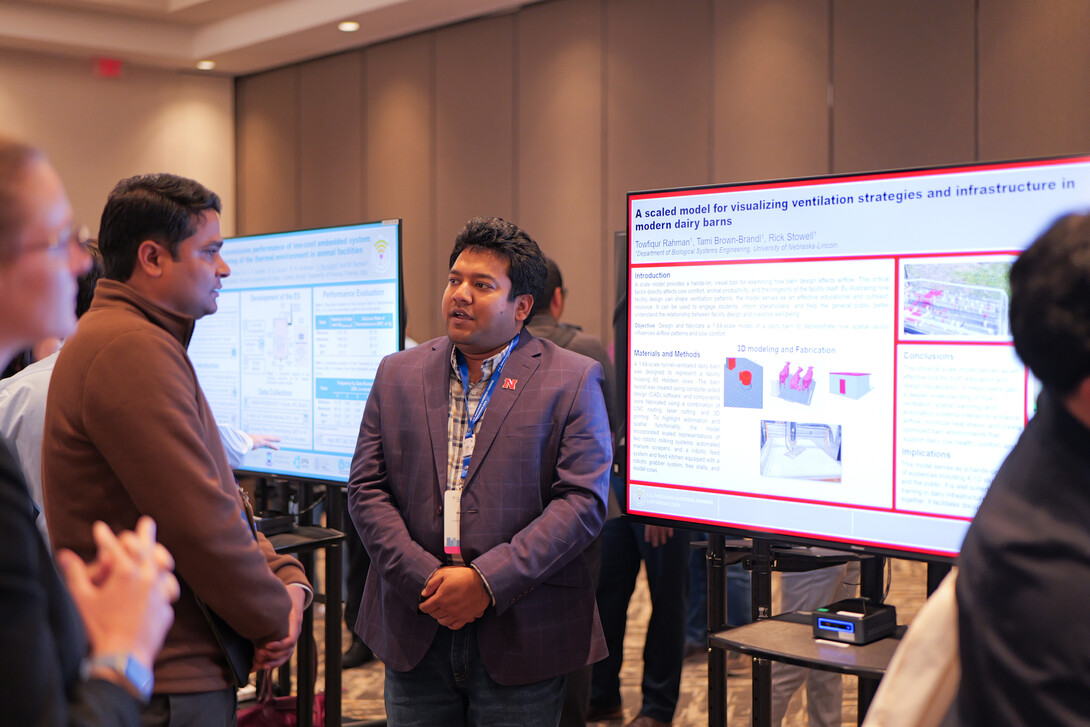
The University of Nebraska hosted the third U.S. Precision Livestock Farming Conference (USPLF) on June 2-5, 2025. The conference brought together more than 180 precision livestock industry professionals, including engineers, veterinarians, researchers, entrepreneurs, farmers, policymakers and industry associations working to apply technology to improve livestock farming in the U.S. and worldwide.
Precision livestock farming was the focus of the conference — a field developing and applying technology to animal environments to help farmers monitor animal health, welfare and productivity while reducing environmental impact.
“Precision livestock technology tools are there to help people manage the animals, not to replace people,” said Tami Brown-Brandl, professor of biological systems engineering at the University of Nebraska–Lincoln and chair of the USPLF 2025 Conference Planning Committee.
The conference featured presentations, panel discussions, workshops and cutting-edge research presentations. Panels included leading voices in the field — such as interdisciplinary researchers, ag-tech entrepreneurs and extension specialists, to name a few. Panel sessions covered a wide range of topics, including sustainable and integrated animal systems, pathways to commercial success and more.
As part of its broader mission, the event featured an education roundtable aimed at rethinking the industry's future and shaping an interdisciplinary curriculum for the next generation of professionals in precision livestock farming.
On the first day of the conference, attendees toured the Eastern Nebraska Research, Extension, and Education Center (ENREEC) and learned about the latest research and innovation. The tour included visits to facilities such as the Spidercam Field Phenotyping Facility, Feedlot Innovation Center, and a virtual tour of Sandy Pine — a new swine facility.
The remaining days were held at the Embassy Suites Hotel in downtown Lincoln. The event opened with welcoming remarks from Tiffany Heng-Moss, interim vice chancellor for the Institute of Agriculture and Natural Resources; Derek McLean, dean and director of the Agricultural Research Division; and Tami Brown-Brandl, professor of biological systems engineering at the University of Nebraska–Lincoln and chair of the USPLF 2025 Conference Planning Committee.
"It was an honor to host this event," said Brown-Brandl, reflecting on the thorough approval process universities must undergo to be selected as conference hosts. During the conference, Brown-Brandl highlighted the importance of precision livestock farming to Nebraska and expressed enthusiasm for the industry's growth both statewide and nationally.
Industry leaders on conference panels noted that precision livestock companies are creating entirely new roles in the agriculture sector, due to deployment of advanced technologies on farms, creating a new category of jobs and redefining the way work is done.
"There is a growing need and demand for precision livestock technologies on farms, and it will continue to emerge," said Jake Mayer, a consultant for Settje Agri-Services & Engineering, a Nebraska-based company that provides a suite of services for livestock producers.
During the four-day conference, Nebraska officials and policymakers emphasized the importance of smart, autonomous farm technologies for the state's agriculture sector. Gov. Jim Pillen addressed participants, while Sherry Vinton, director of the Nebraska Department of Agriculture, gave opening remarks providing an overview of Nebraska's agriculture sector.
Cutting-edge research from universities across the U.S. and the world took center stage at the conference, with 143 reviewed research papers — resulting in 70 oral presentations and 77 digital poster sessions. These presentations showcased a wide range of emerging technology applications in poultry, dairy, swine and beef, among others.
The closing ceremony gathered all attendees to reflect on the key insights and innovations shared throughout the week. As the conference ended, it was announced that the University of Georgia is scheduled to host the next U.S. Precision Livestock Farming Conference in 2027.
A complete list of sessions, panels, presentations and speakers is available here.
